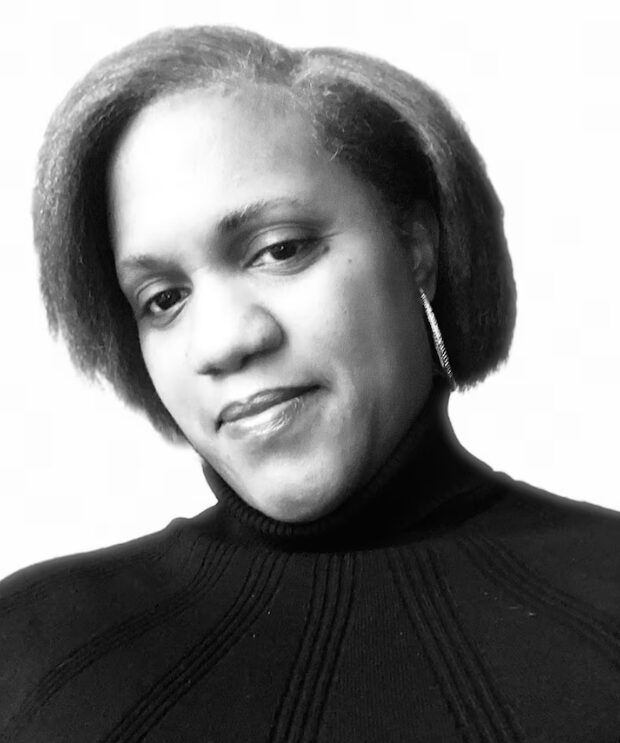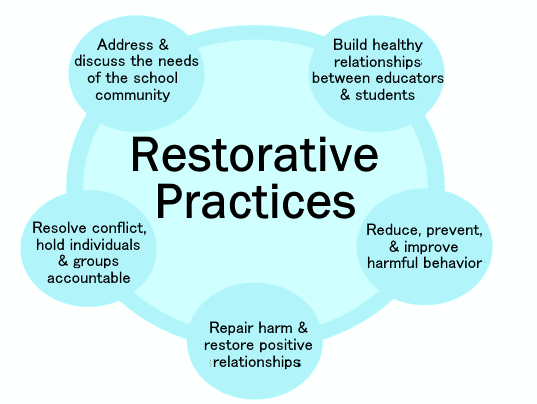This story was originally published by Chalkbeat. Sign up for their newsletters.
When my work began as the supervisor of Cultural Proficiency and Inclusiveness with Austin Independent School District in 2010, my role was to support staff members to create safe, welcoming, and inclusive schools for about 80,000 students.
By the 2017-18 school year, I was still the lone staff member providing antiracist professional learning, coaching, and capacity-building for some 11,000 district employees. I was responding to racist incidents and viral videos; some included hateful words and phrases like:
“It’s N-Word Day.”
“You have bombs in your purse.”
“If you can’t speak English, then you need to go back to Mexico!”
These incidents went viral on social media, and some made the news.
Even as I was writing this piece, I received a call asking me to help an Austin school navigate the fallout from a racist incident. Today, many schools deal with these situations with little to no professional support.
That’s because some schools are eliminating top diversity and equity officer roles in response to political pressure and legislation aimed at silencing educators.
Here in Texas, a ban on DEI initiatives addresses higher education, but its message seems to have trickled into K-12 school districts. Meanwhile, a committed opposition to DEI professionals argues that their work is bureaucratic and harms the students they intend to support.
DEI officer responsibilities and priorities

Courtesy Angela Ward
Angela Ward, Ph.D.
In the Austin district, I was tasked with coaching campus and district leaders and their staff to address racist conflicts. Before providing recommendations or intervening, I had to understand the actions taken by leaders and staff and how students and families received those moves.
To that end, I would meet with school leaders and the staff most immediate to the students involved. Sometimes I met with students, too. These initial meetings would last three to six hours, helping me dig to the root cause of the issue, understand how leaders were supporting students, staff, and families, and determine where communication may have broken down.
My response prioritized the needs of those targeted by the racist incident.
I met with staff to create space for staff grievances and solutions. I also met with parents, ministers, and community organizations. Parents needed to understand how their children were being supported and be invited to offer input. Clergy and community leaders often brought additional perspectives. Only then would we create an action plan for all the students involved.
[Related: Breaking walls, building bridges — A call for restorative justice in school discipline]
In many cases, an immediate response was required. This meant engaging individuals while emotions were running high. Responding to the N-Word Day viral video incident, I walked into a high school cafeteria the size of a mall food court to face about 50 students. Moments before, they were outside prepared to walk to the district administrative offices. They were hurt and angry, and they wanted the adults to fix it all.
I recognized the hurt expressions on their faces, many of whose brown skin mirrored my own.
Listening with me were Black staff whose emotions palpitated from every corner of the room. I, too, was emotionally on what a popular rap song labels X (10). But I could not scream or flip tables. I could not leave without hearing students’ needs, sharing my personal commitment to helping them navigate their current reality, and making a plan.
Restorative circle process
I introduced these students to the restorative circle process, a practice Indigenous communities around the world use to maintain harmony and address issues impacting the community. This process required participation by both faculty and students.
Students volunteered to lead this campus-wide response and partnered up to facilitate small groups of students and adults. Administrators got parent approval, shifted the schedule one day the following week, and supported planning meetings for the circles.

Courtesy Dept. of Education, Victoria AU
The restorative circle process requires participation by both faculty and students.
In addition to addressing the underlying incident, the circle process elicited a list of things that are right in front of us but that we never really pay close attention to. The subsequent action plan highlighted the use of words that seemed commonplace in the community but held very different connotations in the school. Staff committed to addressing language and offering more opportunities for students to connect in class.
Repairing systemic issues
The school leadership began to engage in professional learning about better ways to handle racial conflict. To repair systemic issues, the school implemented advisory lessons focused on empathy and inclusiveness, and worked to address the lack of diversity in AP and pre-AP courses. I began working with the central office to respond to racial conflict and systemic disparities in our schools.
[Related: Report — Integrate SEL by focusing on strong relationships in diverse environment]
I know from years of experience that diversity and equity officers serve essential functions. They provide expertise, a listening ear, and a path through challenging situations.
Laws to censor educators do not eliminate the conflict that can disrupt teaching and learning.
***
Angela M. Ward, Ph.D. is a veteran antiracist educator with 13 years of leadership experience in district-level administration and a Public Voice Fellow at UT Austin with The OpEd Project. Ward has served on national, regional, and local Equity working groups and her work has been featured in Learning for Justice Magazine. Ward facilitates critically self-reflective dialogue and focuses her daily work on organizational development, equity, inclusiveness and capacity building. She is also the founder and CEO of 2Ward Equity.
Chalkbeat is a nonprofit news site covering educational change in public schools.






























